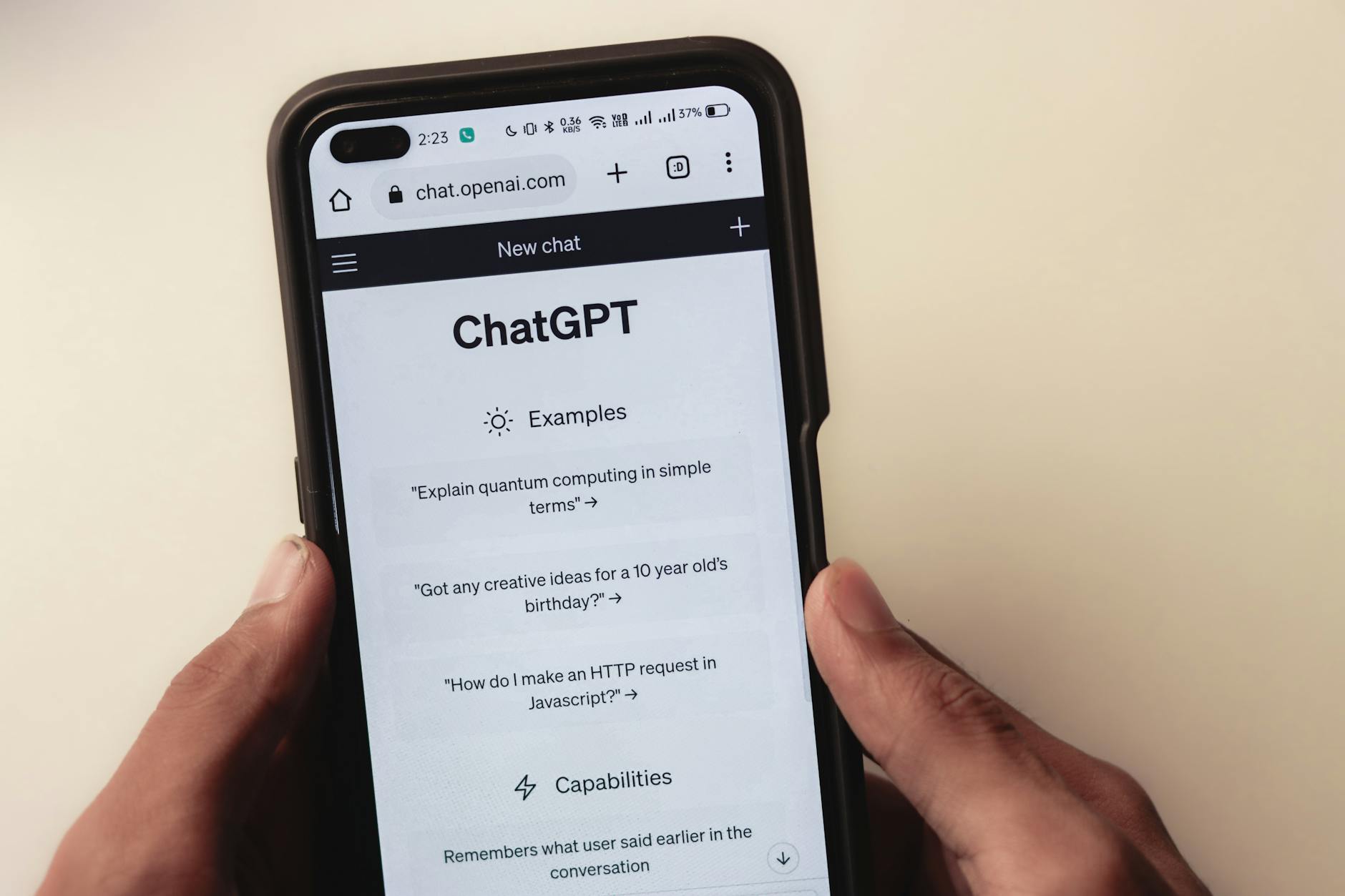Beyond the Hype: Is OpenAI’s “Autonomous” Codex an Enterprise Game-Changer or a Gilded Cage?

Introduction: OpenAI’s recent DevDay was, as expected, a dazzling display of AI capabilities. Yet, amid the flash of video generation and app stores, the quiet general availability of Codex, dubbed an “AI software engineer,” demands a closer, more critical look. While the company touts astounding productivity gains, we must ask if this signals a true revolution for enterprise software or merely a new layer of complexity and dependency.
Key Points
- The pivot to truly “agentic” and “autonomous” coding, enabling long-running, unsupervised task execution, is presented as a fundamental shift beyond mere code assistance.
- OpenAI is strategically positioning Codex as the foundational layer for enterprise software development, aiming for deep integration and potentially establishing a new vendor lock-in point.
- The impressive internal “dogfooding” results, while compelling, obscure significant real-world challenges around integration with legacy systems, true cost-efficiency, and the evolving role of human developers.
In-Depth Analysis
OpenAI’s decision to quietly roll out Codex as generally available, rather than trumpet it from the main stage, speaks volumes. This isn’t a consumer gimmick; it’s a calculated move to capture the enterprise, a market where flashy demos are secondary to tangible ROI and robust integration. The article positions Codex, powered by GPT-5-Codex, as an “autonomous teammate” capable of “adaptive thinking” and working for hours on complex refactoring. This is the crucial differentiator from existing code assistants like GitHub Copilot, which are largely reactive or assistive. If true, this represents a leap towards genuine AI agency in software development.
The narrative of internal “dogfooding” – 92% of technical staff using Codex daily, leading to 70% more pull requests – is undeniably impressive. OpenAI showcases Codex building its own DevDay websites, custom creative tools, and even reviewing “hundreds of bugs daily” before human intervention. This paints a picture of a seamless, self-optimizing development cycle, where AI builds AI. However, this perfectly controlled internal environment is a far cry from the messy reality of most enterprises. OpenAI’s engineers are working on greenfield AI projects, likely within a tightly integrated, homogeneous tech stack designed by and for OpenAI. How easily does this translate to a Fortune 500 company grappling with decades of legacy code, disparate systems, stringent regulatory compliance, and diverse human engineering teams? The “easy review and merge PRs from phones” claim, while convenient, glosses over the institutional inertia and complex approval processes inherent in large organizations.
Furthermore, the “autonomous teammate” moniker raises more questions than it answers. What level of human oversight is still required? While it “works for hours productively,” how often does it require course correction, explicit prompting for edge cases, or debugging its own intricate errors? The article highlights its “ultra thorough code review” capability, but who reviews the AI’s review? The true cost of this “autonomy” extends beyond compute cycles; it includes the hidden cost of validation, error checking, and the upskilling of developers to effectively collaborate with and manage an AI agent. This is not simply about writing code faster; it’s about fundamentally reshaping the entire SDLC, and that transition rarely happens overnight, or without significant friction. OpenAI clearly sees Codex as the “engine behind its entire vision,” suggesting a strategic play to embed itself deeply into the core manufacturing process of enterprise software, creating a powerful, perhaps inescapable, dependency.
Contrasting Viewpoint
While the article’s depiction of Codex’s internal success is compelling, a skeptical enterprise architect would raise several crucial concerns. First, the cost-benefit analysis for an external enterprise remains murky. GPT-5-Codex working for “over seven hours” implies significant computational expense, a recurring operational cost that needs careful justification against traditional human development. Second, integration into existing enterprise ecosystems is rarely as smooth as OpenAI’s internal, optimized environment. Legacy systems, proprietary frameworks, and complex security protocols will present formidable barriers, requiring substantial human effort and potentially diluting the promised productivity gains. Moreover, the “autonomous” nature, while alluring, introduces a new class of risk: subtle, AI-generated bugs or security vulnerabilities that might be harder to detect than human errors. Who bears the ultimate responsibility for code quality and potential breaches? Lastly, there’s the inevitable question of vendor lock-in. Adopting Codex could entrench OpenAI deeply into an enterprise’s core operations, making future shifts both technically challenging and financially prohibitive. The perceived productivity gains might come at the expense of strategic flexibility.
Future Outlook
In the next 1-2 years, Codex will likely see gradual, rather than revolutionary, enterprise adoption. Early adopters will be those with greenfield projects, companies heavily invested in modern cloud-native architectures, or specific, contained use cases where the AI’s capabilities can be rigorously tested and integrated. The vision of “self-evolving applications” via the SDK, while demonstrating long-term potential, is still firmly in the realm of advanced R&D for most organizations. The biggest hurdles will involve proving a clear and consistent ROI across diverse enterprise environments, overcoming integration complexities with existing toolchains, and building deep trust among engineering teams who may feel threatened or skeptical. OpenAI must also address the ethical implications of AI-generated code, particularly concerning intellectual property, security vulnerabilities, and job displacement anxieties. Widespread, mission-critical adoption will hinge not just on raw performance, but on robust governance, transparent auditability, and a clear framework for human-AI collaboration that empowers, rather than marginalizes, human developers.
For a deeper dive into the challenges and opportunities for humans in an increasingly AI-driven landscape, see our comprehensive analysis on [[The Evolving Role of Developers in the Age of Generative AI]].
Further Reading
Original Source: The most important OpenAI announcement you probably missed at DevDay 2025 (VentureBeat AI)